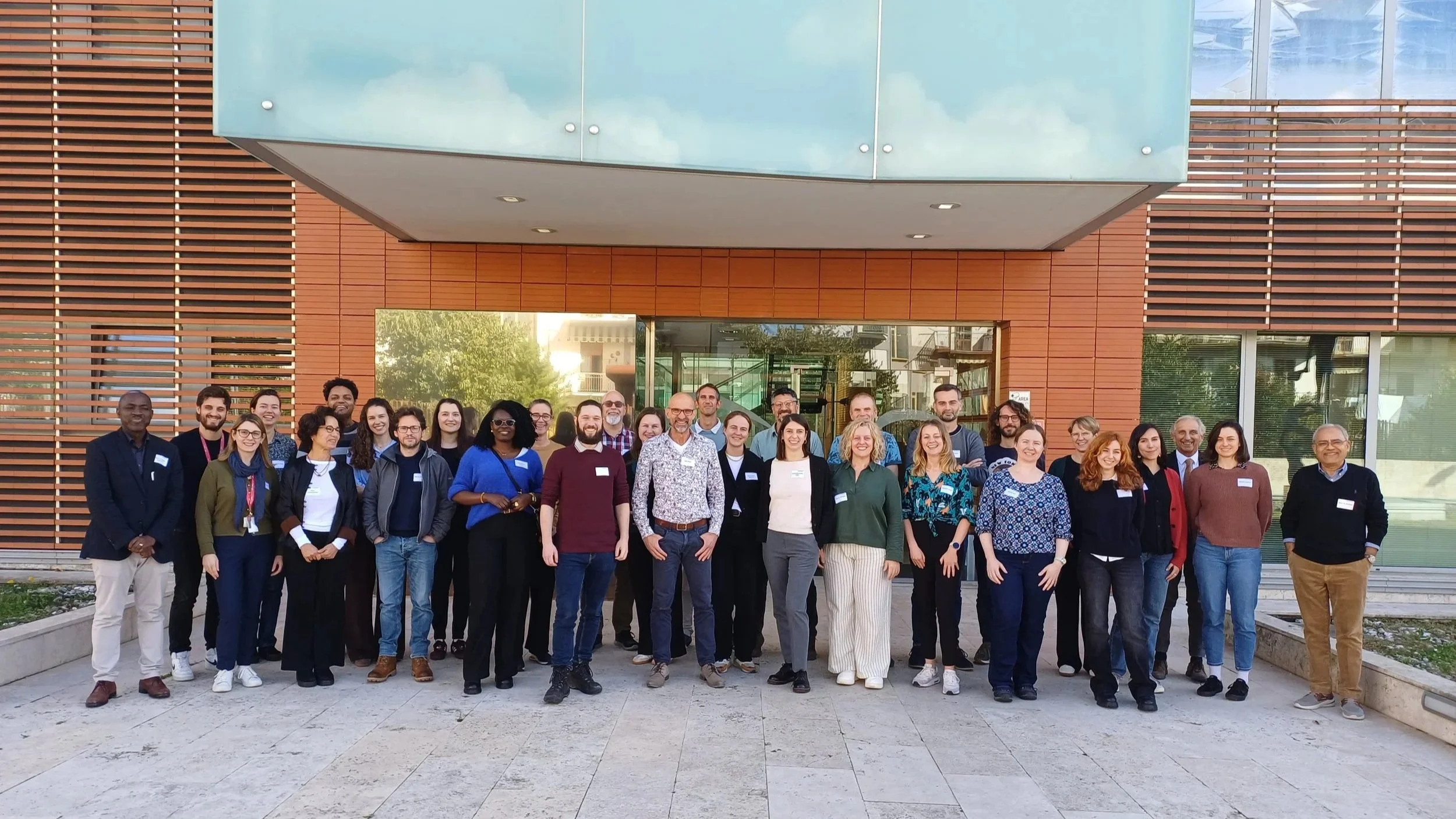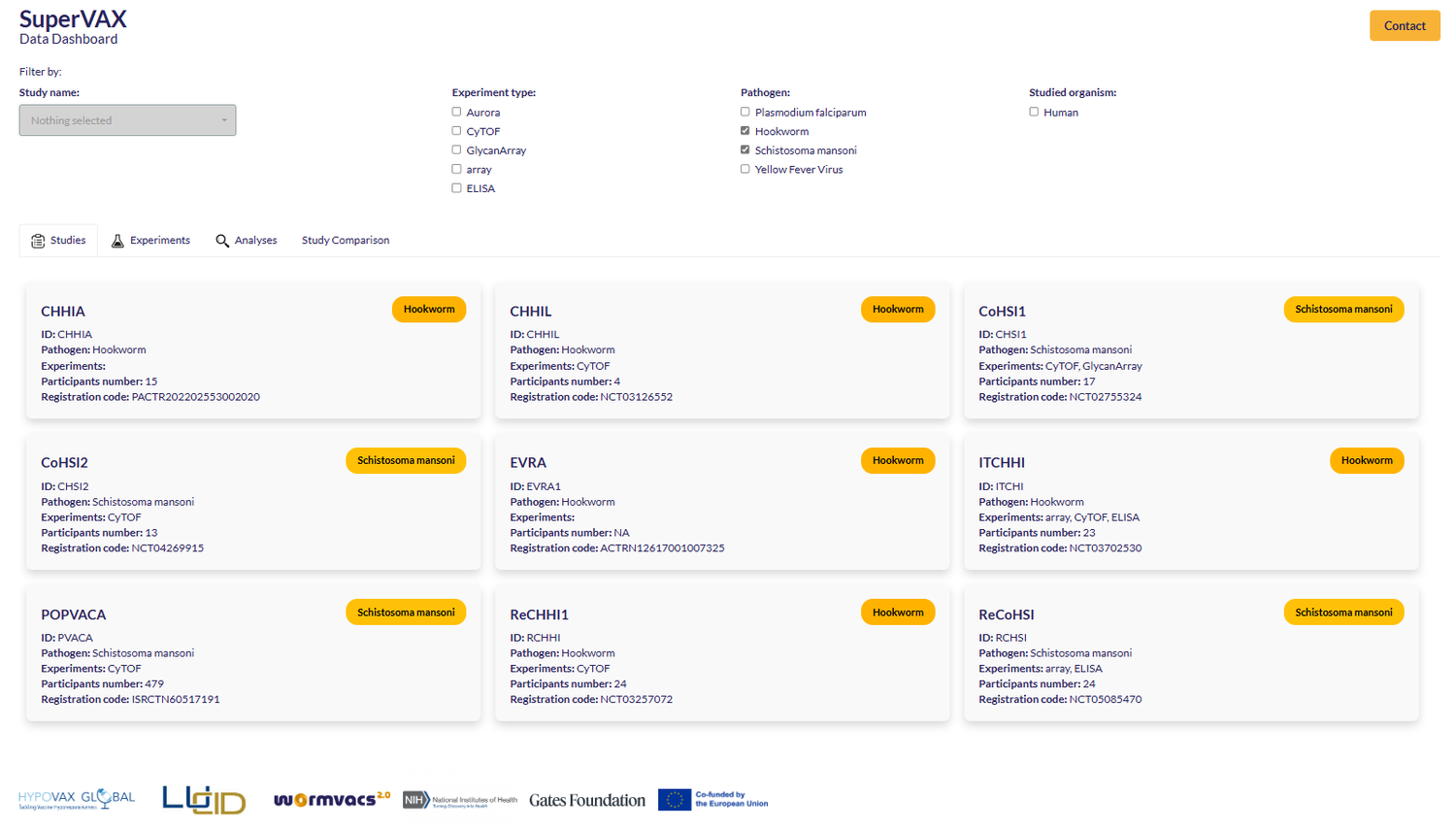WORMVACS2.0 partners gather in Siena for the annual meeting
Between 28 and 29 October, the WORMVACS2.0 consortium partners joined in Siena, Italy, for the annual meeting 2025. The gathering, hosted by the project partner BiOMViS, brought together researchers from across the world to discuss progress in developing a helminth vaccine pipeline.
WORMVACS2.0 project partners in Siena.
Day 1: Work package reports and alignment
On the first day, the partners gathered in the Toscana Life Sciences Foundation (TLS) building and were welcomed by Dr Guido Grandi from BiOMViS and Cristina Tinti, the Incubation Manager at TLS. The partners then presented recent updates from all currently ongoing scientific areas of work (also known as work packages).
WORMVACS2.0 research aims to fill critical gaps in knowledge of protective immunity against parasitic worm infections, with a focus on two important parasitic worms that infect hundreds of millions worldwide: Necator americanus and Schistosoma mansoni. On the one hand, this means generating new data from controlled human infection studies in both endemic and non-endemic countries. On the other hand, the consortium is combining this with existing experimental and clinical data on helminth immunity and ensuring that these data are harmonised and available for analysis according to FAIR principles.
One of the main milestones in this work this year has been the creation of a data dashboard and data warehouse. The database, which is based on studies, experiments, and analyses, will play a key role in the project's upcoming steps. Newly generated experimental data, such as pre-clinical vaccine studies conducted over the course of WORMVACS2.0, will be added directly to the data warehouse throughout the project.
WORMVACS2.0 dashboard - https://www.data.hypovax.org/
Central to the WORMVACS2.0 research is the exploration and development of three innovative vaccine/antigen production platforms that have not yet been applied in worm vaccine development: mRNA, outer membrane vesicles (OMV), and recombinant glycoproteins produced in plants. The researchers involved in this work provided the data generated to date, helping the consortium prioritise antigens to be used for upcoming research, including antigen production and efficacy testing in pre-clinical in vivo challenge models.
Day 2: Dissemination, communication, stakeholder engagement, management and planning
The beginning of the second meeting day was focused on planning the next steps, discussing potential bottlenecks, and brainstorming potential solutions.
A stakeholder engagement workshop and updates concerning project management, communication and dissemination activities followed these discussions. The stakeholder workshop built on the results of a session held earlier this year and gave partners the opportunity to further define the stakeholder engagement strategy to strengthen collaboration and involvement. Engagement of stakeholders, including scientists, industry representatives, and health policymakers, is key to fostering active participation and ensuring project success. By informing, consulting, involving, collaborating with, and empowering stakeholders at all levels, WORMVACS2.0 aims to deliver tangible benefits and lasting value for all involved.
Recent publications from the consortium can be found here.
Social media updates can be found by searching for #WORMVACS across various platforms (LinkedIn, Bluesky).






